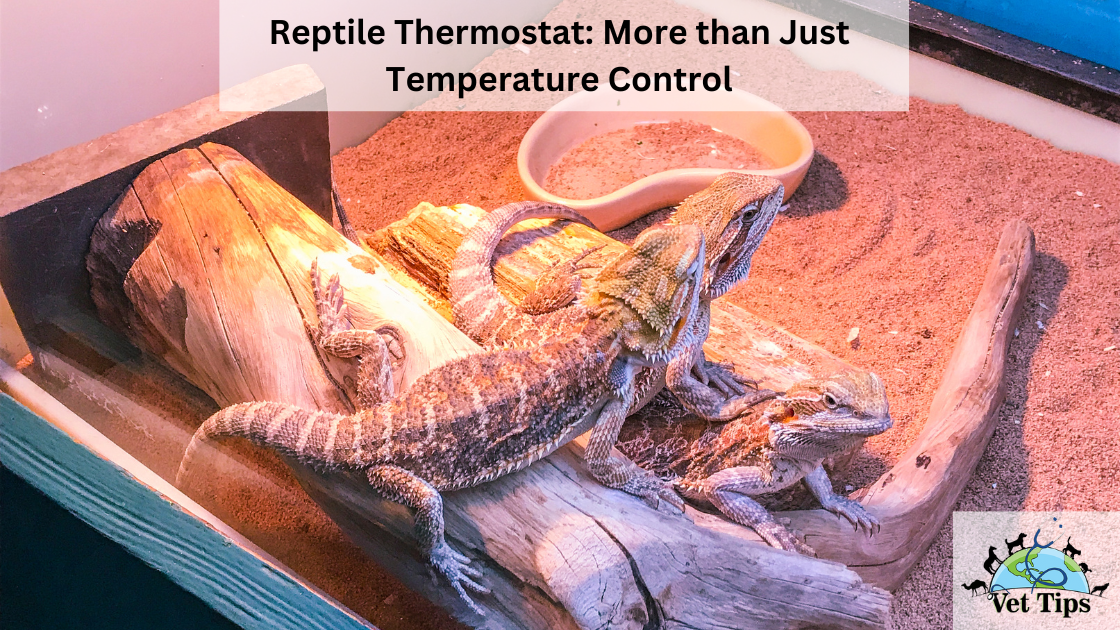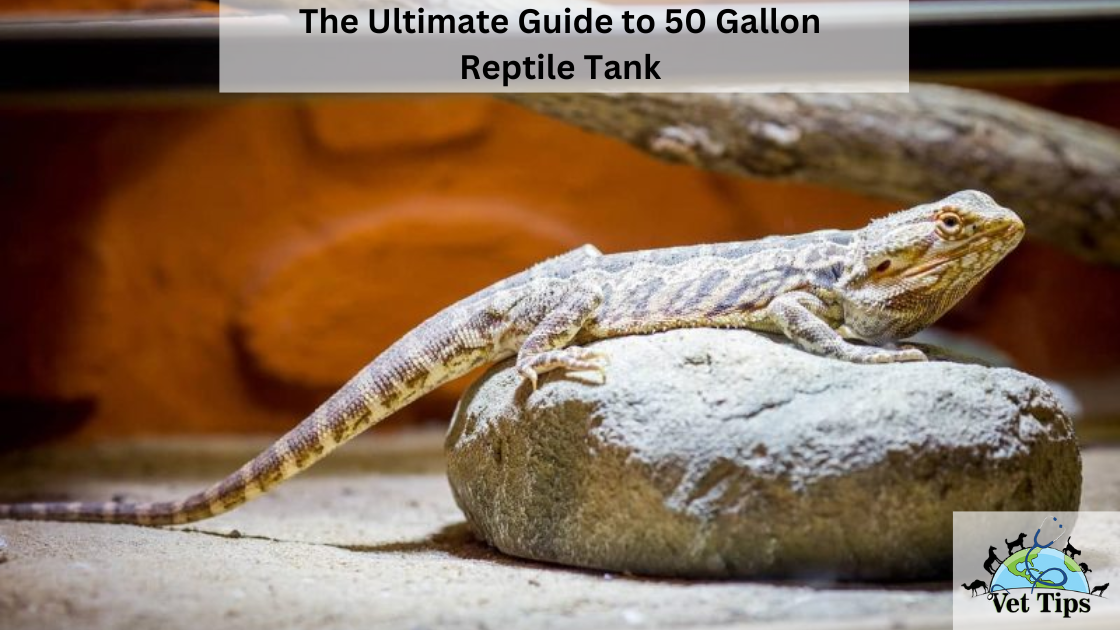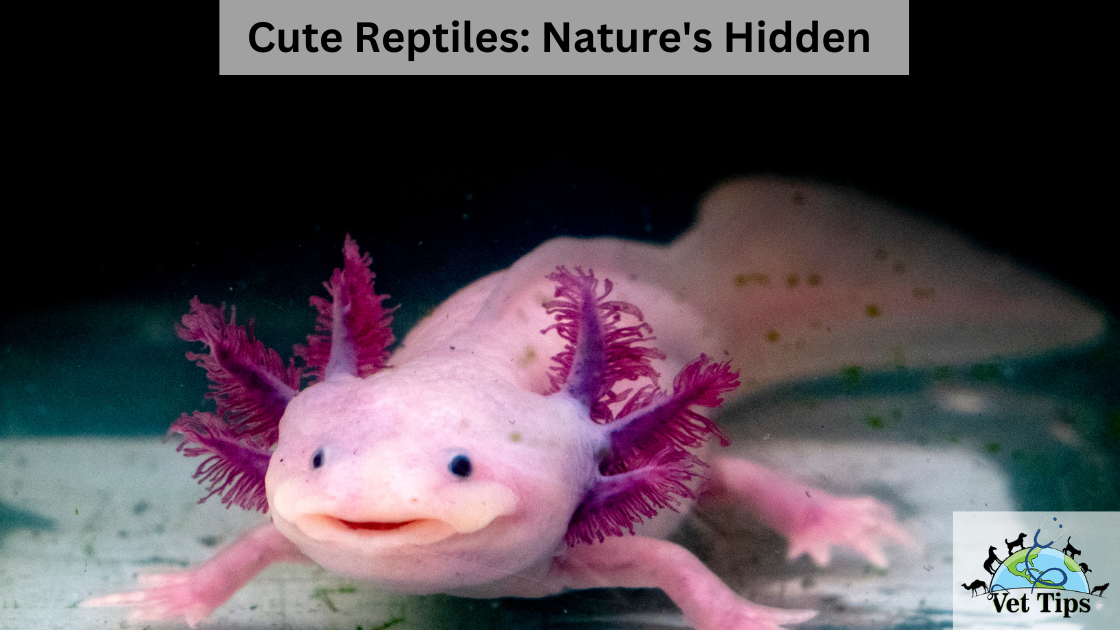In the realm of caring for reptiles, ensuring that their habitat is kept at the ideal temperature is not only a matter of ensuring their comfort; it is a question of whether or not they will live or die. Because of their lack of a warm blooded circulatory system, reptiles have to rely on other means to maintain their body temperature. This is where a thermostat designed for reptiles comes in handy. In this post, we will go deep into the realm of reptile thermostats, giving you with a full explanation of these crucial gadgets that go beyond just controlling the temperature of the reptile’s enclosure.
Understanding Reptile Thermostats
What is a Reptile Thermostat?
A specialised piece of electronic equipment known as a “reptile thermostat” is used to maintain a consistent temperature within an enclosure that houses reptiles. It makes certain that the temperature of your reptile’s habitat is maintained within the ideal range, which is similar to the conditions that exist in their natural habitat. These thermostats are more than simply temperature controls; they are watchmen over the wellbeing of your reptile.
The following is a list of important roles and characteristics that a reptile thermostat possesses:
- Temperature Control: The primary function of a reptile thermostat is to control the temperature within the enclosure. It is able to maintain a steady temperature by activating and deactivating the heating units as necessary.
- Temperature Monitoring: Most thermostats come with temperature sensors or probes that are placed within the enclosure. These sensors do continuous temperature measurements and provide feedback to the thermostat.
- Heating Devices: Reptile thermostats are typically used in conjunction with various heating devices such as heat mats, heat lamps, ceramic heat emitters, or under-tank heaters. These components are controlled by the thermostat so that the temperature may be brought into and kept at the ideal range.
- Day and Night Settings: Some thermostats have day and night settings, allowing you to create a natural temperature gradient within the enclosure. This recreates the natural environment of the reptile, which often has cooler temperatures at night.
- Safety Features: Many thermostats have built-in safety features, such as temperature alarms and shut-off functions. These qualities assist in preventing the reptile from overheating or experiencing temperature swings that might be harmful to it.
- Digital or Analog: Reptile thermostats can come in both digital and analog versions. Digital thermostats provide for easier programming and more accurate temperature control than their analogue counterparts.
- Compatibility: It’s important to choose a thermostat that is compatible with the type of heating device you are using and the specific needs of your reptile species.
Common reptiles that are kept as pets, such as bearded dragons, ball pythons, and leopard geckos, have temperature requirements that must be maintained on a constant basis. A thermostat is the best way to guarantee that these requirements are satisfied. Reptiles might get anxious, ill, or unable to digest their food if the temperature in their enclosure is not properly controlled.
When preparing an enclosure for a reptile, it is essential to conduct research on the temperature and humidity needs of the particular type of reptile you intend to house, as well as to purchase a dependable reptile thermostat to ensure that these conditions are precisely maintained. Always be sure to follow the directions provided by the manufacturer while operating the thermostat as well as any heating equipment to protect the health and safety of your pet reptile.
Comparative Analysis: Types of Reptile Thermostats
There isn’t a one-size-fits-all approach when it comes to thermostats for reptiles. Compare the following, which are the most prevalent types:
1. On/Off Thermostats
The simplest and most cost-effective choice is a thermostat with an on/off switch. They perform their function by activating the source of heat when the temperature falls below the set point and deactivating it when the temperature rises over the set point. Despite the fact that these thermostats are functional, their lack of accuracy frequently leads to variations in the temperature.
2. Dimming Thermostats
By adjusting the amount of electricity that is provided to the heat source, dimming thermostats are able to give more accurate control. They help to keep the temperature within the enclosure more consistent, which helps to lower the chance of it being too hot. However, there is a possibility that they are not appropriate for all types of heat sources.
3. Proportional Thermostats
When it comes to accurately controlling the temperature, proportional thermostats are at the top of the food chain. They continually make adjustments to the power output in order to keep the temperature stable, which provides your reptile with the highest possible level of comfort. Despite the fact that they are more expensive, their precision is unparalleled in the industry.
Examples from Everyday Life: Achievements in the Field of Thermostats
Let’s take a look at a couple of examples from real life when reptile thermostats proved to be really helpful in order to hammer home the point that these devices are extremely important.
Story 1: The Tale of Terry the Tortoise
Sarah absolutely adored her Russian tortoise, Terry, and would often talk about how proud she was of him. On a particularly chilly night during the winter, Sarah failed to remember to adjust the heat bulb that was in Terry’s enclosure. By the time daylight arrived, the temperature had plummeted to an extremely hazardous level. Terry was saved from the verge of hypothermia thanks to the dimming thermostat that Sarah had fitted. It began to gently increase the heat output and rescued Terry from the verge of hypothermia.
Story 2: The Mystery of the Mysterious Molting
Bearded dragon George started showing indications of unhappiness, such as hiding all the time and refusing to eat. He also stopped eating. Concerned, his owner, Mark, decided to consult a specialist in the field of reptiles. Following an examination of George’s apparatus, the specialist came to the conclusion that Mark’s on/off thermostat was the root cause of the temperature fluctuations that occurred during the day. George became worried out as a result of the volatility, which led to his odd behaviour. George’s vigour returned once he was fitted with a proportional thermostat, and he immediately resumed his typical day-to-day activities.
FAQs: Unveiling the Mysteries of Reptile Thermostats
Do I Really Need a Thermostat for My Reptile?
Without a doubt! Temperature shifts may have a profound effect on the behaviour of reptiles. They are susceptible to suffering from stress, metabolic difficulties, and even mortality if they do not have adequate temperature management. For those who are serious about keeping their reptiles healthy, purchasing a thermostat is a requirement.
Q2: Can I Get Away With Using a Common Thermostat Instead?
No, ordinary thermostats that were made for human use are not appropriate for use in enclosures housing reptiles. Thermostats designed for reptiles are specially calibrated to manage the kinds of heating components that are typically found in reptile enclosures, such as heat mats, ceramic heaters, and heat lamps.
How Do I Choose the Right Thermostat for My Reptile?
Your configuration as well as your budget should be considered while selecting the appropriate thermostat. An on/off thermostat can be sufficient if you’re interested in saving money and keeping things straightforward. However, if you want exact control over the temperature, you might look into purchasing a proportional or dimming thermostat.
Is it Possible to Overheat the Enclosure That My Reptile Is Kept in?
Yes, there is a valid cause for concern over overheating. Because of this, it is extremely important to select a thermostat that is compatible with the heat source and the size of the enclosure. Always keep a close eye on the temperature, and check to see that you have equipped thermostat with safety measures such as temperature alerts and emergency shut-offs.
Tell us in the comments, how you like our article “Reptile Thermostat: More than Just Temperature Control”
For similar posts like this, click here.
For the source file, click here.




